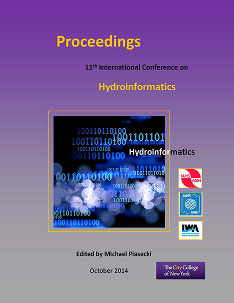Document Type
Presentation
Publication Date
8-1-2014
Abstract
Associated with extreme winds, heavy rainfall and storm surge, land-falling tropical cyclones have the potential to cause enormous damage and losses to coastal areas of Sri Lanka. In particular, much of the damage and loss of life results from coastal flooding due to cyclone induced storm surge. Moreover, climate change impacts are likely to exacerbate the impacts of such coastal hazards on existing and future coastal communities and development. Whilst some impacts such as possible sea level rise are gradual and occur over a long time-frame, extreme weather events can occur at any time and can have a significant impact on the coastline. Accordingly, this paper describes an assessment of the risk of the storm surge hazard to the vulnerable communities of Sri Lanka, particularly in view of the coastal impacts of climate change. The storm surge hazard assessment utilizes a database of historical events of tropical cyclones in the North Indian Ocean region. A statistical analysis of the past events has been carried out to identify storm surge scenarios with appropriate recurrence intervals representing short-, medium-, and long-term timescales. A numerical model comprising a parametric cyclone model and a hydrodynamic model based on shallow water equations have been employed to simulate cyclone wind velocity and pressure fields as well as coastal inundation due to the storm surges corresponding to each scenario. An appropriate mitigation strategy for the storm surge hazard based on the aforementioned risk analysis is also outlined. The risk assessment and mitigation strategy described in the paper will be useful in the formulation of disaster management policies, development of preparedness plans, allocation of resources for disaster risk reduction, and in education and awareness activities in regard to the tropical cyclone induced storm surge hazard.



Comments
Session R23, Coastal and Estuarine Modeling I